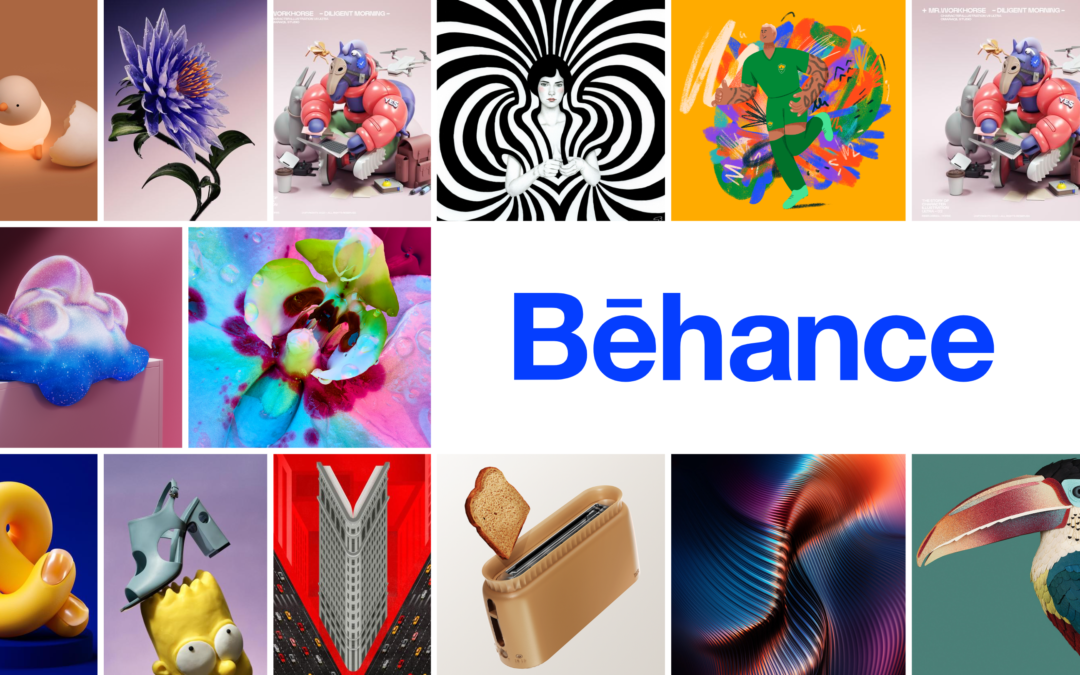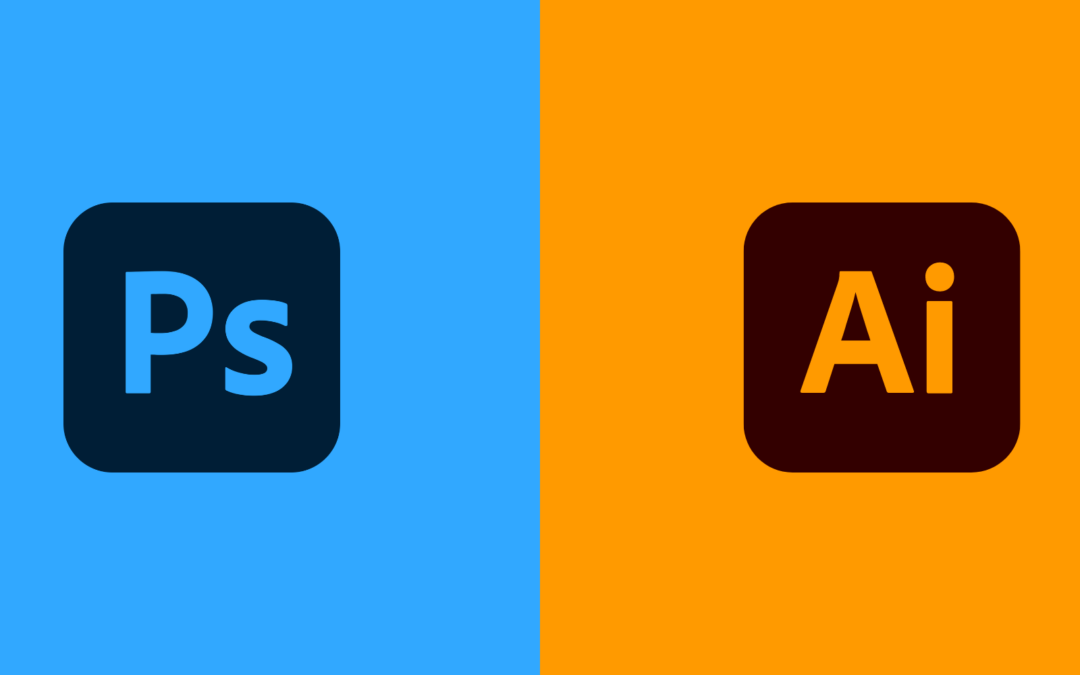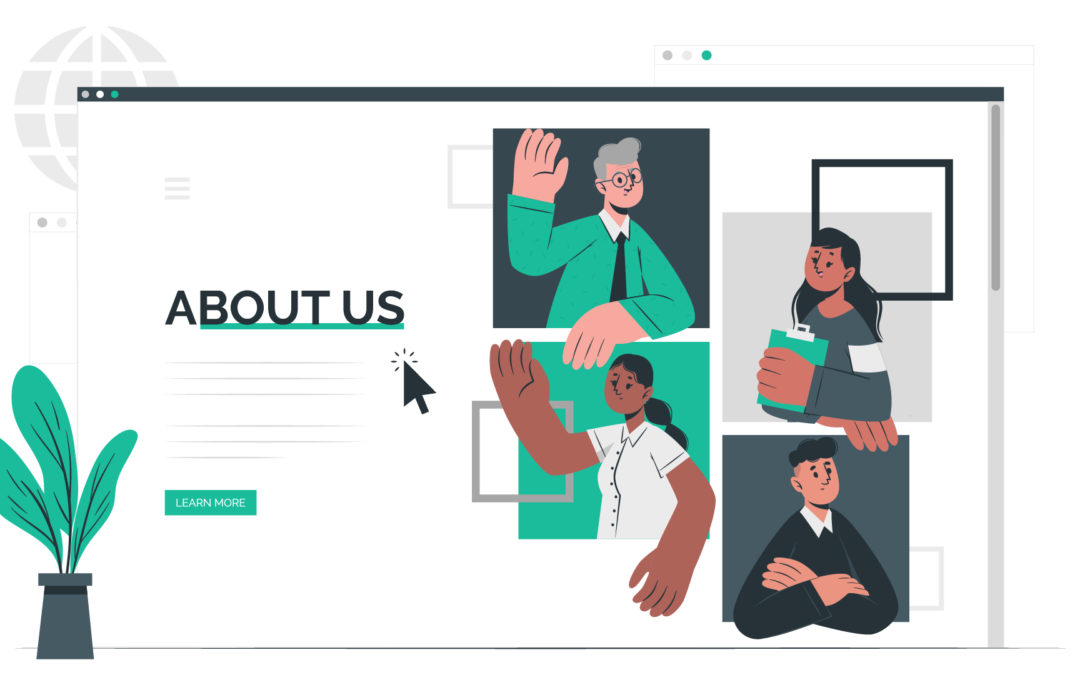
by Variotik Ö. | May 29, 2023 | Design, İş Hayatı
Perfect replica watches
Replica Watches store
Replica Watches store
In today’s digital age, showcasing one’s work and reaching a wide audience is crucial for creative individuals. Behance stands out as a platform designed for this purpose. Behance is an excellent place for artists, designers, graphic designers, photographers, and other creative professionals to showcase their work, find inspiration, and expand their professional networks. Here are some key reasons why Behance is important:
1. Professional Portfolio Presentation:
Behance is an excellent platform for creative professionals to showcase their work in an impressive manner. A well-designed portfolio is a significant factor in impressing potential employers and clients. Behance provides an impressive portfolio presentation that supports various art forms and allows users to showcase their work in a gallery-style format.
2. Reaching a Wide Audience:
Behance hosts a large creative community with millions of users worldwide. By sharing your work on this platform, you can ensure that your work reaches a broad audience. The professional network on Behance facilitates connecting with employers, potential clients, and other creative professionals.
3. Finding Inspiration and Learning:
Behance can be a constant source of inspiration and learning for creative professionals. By exploring projects shared by other talented artists and designers, you can gain new ideas, follow trends, and learn new techniques. Behance brings creative communities together, enabling you to engage in idea exchange.
4. Job Opportunities:
A successful portfolio on Behance can open up new job opportunities. Potential employers and clients can assess your skills and talents by reviewing your work on Behance. An impressive portfolio that showcases quality work can bring you various job opportunities, such as freelance projects, job offers, or exhibition opportunities.
5. Community Engagement:
Behance allows you to be part of the creative community, interact with other professionals, and receive feedback. By sharing your projects, you can receive comments and critiques from other users. This can help you improve your work and establish new connections.
In conclusion,
Behance is an important platform for creative professionals. By sharing a well-designed portfolio, you can reach a wide audience, find inspiration, learn, and access job opportunities. Behance helps you become part of the creative community, interact with other talented professionals, and supports your growth and success.

by Variotik Ö. | May 2, 2023 | Design
replica omega
fake watches for sale
cheap replica watches
When it comes to graphic design, two of the most popular software programs are Adobe Photoshop and Adobe Illustrator. While both are used to create digital artwork, they have distinct differences that make them suitable for different purposes.
Adobe Photoshop is primarily used for photo editing and manipulation. It is a raster-based software, meaning that images are made up of pixels. Photoshop is great for editing photographs and creating digital artwork that is based on real-world images. It has a wide range of tools for adjusting color, retouching, and compositing images, as well as adding text and other design elements.
Adobe Illustrator, on the other hand, is a vector-based software. This means that artwork is created using mathematical equations and is resolution-independent, allowing it to be scaled up or down without losing quality. Illustrator is designed for creating graphics such as logos, icons, and illustrations. It has a range of tools for creating and manipulating vector paths, including tools for drawing shapes, creating curves, and adding anchor points.
While Photoshop and Illustrator are both powerful tools, they are each suited to different tasks. Here are some examples of when to use each program:
Photoshop:
- Editing and retouching photographs
- Compositing multiple images together
- Adding text to images
- Creating digital paintings and drawings
- Designing websites and user interfaces
Illustrator:
- Creating logos and branding materials
- Designing vector illustrations and icons
- Creating infographics and data visualizations
- Designing print materials such as brochures and business cards
- Creating digital illustrations for use in animations and videos
In summary, while both Photoshop and Illustrator are used for digital artwork, they are designed for different purposes. Photoshop is ideal for photo editing and creating digital paintings, while Illustrator is best for creating vector graphics such as logos and icons. By understanding the differences between these two programs, you can choose the right tool for the job and create high-quality digital artwork that meets your needs.

by Variotik Ö. | May 1, 2023 | Tips, Work Life
replica Rolex
replica watches for sale
fake watches for sale
Learning a second language can have a variety of benefits, both personally and professionally. In today’s globalized world, being bilingual or multilingual can provide you with a competitive edge in the job market and enhance your overall communication skills. In this blog post, we will discuss some of the benefits of learning a second language.
- Enhanced Cognitive Abilities
Studies have shown that learning a second language can enhance cognitive abilities such as problem-solving, critical thinking, and memory. Learning a new language requires your brain to work harder, making connections between new and existing concepts. This can improve your overall cognitive flexibility and lead to a better understanding of complex ideas.
- Improved Communication Skills
Learning a second language can also improve your communication skills, even in your native language. When learning a new language, you have to focus on pronunciation, grammar, and vocabulary, which can make you more aware of these aspects of language in general. This heightened awareness can help you communicate more effectively in your native language, as well as in your second language.
- Increased Cultural Awareness
Learning a new language also means learning about a new culture. This can broaden your perspective and increase your cultural awareness. When you learn a language, you also gain insight into the cultural nuances and traditions that are associated with it. This can make you more open-minded and respectful of different cultures and people.
- Career Opportunities
Being bilingual or multilingual can open up a variety of career opportunities. Many companies operate globally and require employees who can communicate effectively in different languages. Knowing a second language can make you a more competitive job candidate and can even lead to higher salaries.
- Travel Opportunities
Knowing a second language can also enhance your travel experiences. When you travel to a foreign country, being able to speak the language can make it easier to navigate, order food, and ask for directions. It can also make it easier to connect with locals and understand their culture.
- Personal Growth
Learning a second language can also provide a sense of personal growth and accomplishment. It can be challenging to learn a new language, but the feeling of achievement when you finally master it can be incredibly rewarding. Additionally, learning a second language can give you a sense of pride in your heritage or cultural background.
In conclusion, learning a second language can provide a variety of benefits, from enhanced cognitive abilities to increased cultural awareness, and even career opportunities. It can be a challenging process, but the rewards are worth it. So, whether you’re interested in travel, career advancement, or personal growth, learning a second language is a worthwhile endeavor.

by Variotik Ö. | Apr 29, 2023 | İş Hayatı, Tips, Website
audemars-piguet replica
replica watches
Replica Watches store
Your About Us page is an important part of your website. It gives visitors a chance to learn more about your business, and it can help build trust and credibility. Here are some tips for creating a professional and engaging About Us page for your website:
- Start with a clear purpose: Before you start writing, it’s important to understand the purpose of your About Us page and what you want to accomplish with it. This will help guide your content creation process and ensure that you are creating a page that is relevant and valuable to your target audience.
- Use a professional tone: While it’s important to be personable and approachable on your About Us page, it’s also important to maintain a professional tone. This will help convey the credibility and authority of your business.
- Highlight your achievements and milestones: One of the main purposes of an About Us page is to showcase the accomplishments and milestones of your business. Make sure to include any awards, accolades, or notable achievements that you have received.
- Use visuals: Words aren’t the only way to tell your story. Use visuals like images, videos, and infographics to help bring your About Us page to life and engage your visitors.
- Keep it brief: While you want to provide enough information to give your visitors a sense of who you are and what you do, it’s important to keep your About Us page concise. Nobody wants to read a long, rambling page, so make sure to keep your content focused and to-the-point.
- Optimize for SEO: To ensure that your About Us page is easily discoverable by search engines, be sure to optimize it for SEO. This includes using relevant keywords, creating a descriptive title and meta description, and using alt tags for images.
By following these tips, you can create a professional and engaging About Us page that helps build trust and credibility for your business.

by Variotik Ö. | Apr 29, 2023 | Work Life
Remote work, or working from home, has become increasingly popular in recent years, and especially so in the wake of the COVID-19 pandemic. While there audemars piguet replica watches are certainly benefits to working remotely, there are also some drawbacks to consider. In this blog post, we will explore the pros and cons of remote work to help you decide if it’s right for you.
Pros:
- Flexibility: One of the biggest advantages of remote replica watches uk work is the flexibility it provides. You can work from anywhere, at any time, as long as you have an internet connection. This means you can work from home, a coffee shop, or even while traveling.
- No Commute: Another advantage of remote work is the lack of a daily commute. Commuting to and from work can be stressful and time-consuming, so working from home breitling replica watches can save you both time and money.
- Increased Productivity: Many studies have shown that remote workers are often more productive than their office-based counterparts. This could be due to fewer distractions, less time spent in meetings, or simply the ability to work at your own pace.
- Better Work-Life Balance: Remote work can also help you achieve a better work-life balance. You can schedule your work around your personal life, rather than the other way around.
Cons:
- Social Isolation: One of the biggest drawbacks of remote work is the lack of social interaction. Working from home can be lonely, and you may miss the camaraderie and collaboration of working in an office.
- Difficulty Separating Work and Home Life: When you work from home, it can be difficult to separate your work and home life. You may find yourself working longer hours, or struggling to disconnect from work when you’re off the clock.
- Lack of Structure: Remote work can also lack structure, which can be both a pro and a con. Without a set schedule or routine, it can be difficult to stay on track and manage your time effectively.
- Technology Issues: Finally, remote work can be challenging if you don’t have access to the right technology or internet connection. Technical issues can be frustrating and time-consuming, and can hinder your ability to work effectively.
Conclusion:
Remote work has both pros and cons, and it’s up to you to decide if it’s right for you. While the flexibility and increased productivity are certainly appealing, the lack of social interaction and potential for work-life imbalance are important factors to consider. Ultimately, the decision to work remotely will depend on your personal preferences and work style.




